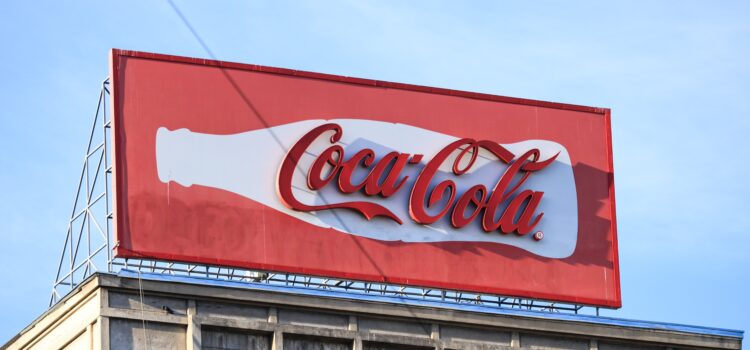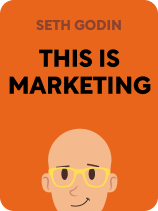

This article is an excerpt from the Shortform book guide to "This Is Marketing" by Seth Godin. Shortform has the world's best summaries and analyses of books you should be reading.
Like this article? Sign up for a free trial here.
What is it about Coca-Cola’s brand that makes it so effective? What should you consider when setting a price for your product or service?
According to Seth Godin, branding and price are powerful tools. Used well, they can help you align your product’s story with the story that your audience tells. In This Is Marketing, he explains how to leverage branding and price effectively.
Keep reading to understand how to use these important tools to your advantage.
Seth Godin on Branding & Price
Once you know your core audience, you need to match the story you’re telling to their point of view so they understand that your product or service is for them. Godin explains that our decisions, including decisions about what to buy, are based on the stories we tell ourselves about who we are. For example, “I am the kind of person who” shops at the local co-op, or uses coupons, or wears a luxury watch. To effectively market to your core audience, make sure that the story you tell aligns with the story your audience tells about themselves.
According to Seth Godin, branding and price are two of the tools you can use to align your story with your audience’s self-perception. Let’s take a look at each of these tools.
Branding
Godin argues that a brand isn’t merely a logo but the sum of all customer experiences and expectations. So, he defines a brand as a promise to deliver a specific level of quality, reliability, and value to customers. Although a brand encompasses more than just visual elements, Godin acknowledges branding elements like symbols, fonts, and language still play a significant role. These elements help shape customers’ perceptions and expectations and serve as signals for conveying the brand’s values, personality, and positioning. To establish effective branding, Godin suggests utilizing simple and consistent symbols, language, and colors.
Coca-Cola is an example of a company with simple and consistent branding that has ingrained Coca-Cola in popular culture, establishing instant recognition and positive emotional associations. With its classic red color, logo, and familiar commercials and slogans, Coca-Cola has successfully built a globally recognized brand that symbolizes happiness and shared experiences.
(Shortform note: Some marketing experts suggest that your branding doesn’t actually matter. Byron Sharp, marketing professor and author of How Brands Grow, argues consumers generally don’t care enough about branding for it to influence their purchasing decisions. Surveys indicate that consumers perceive brands within a category as mostly interchangeable, and when differences exist, they are often overlooked. Sharp argues that consumers rarely consider a brand’s image or personality; therefore, any marketing strategy that aims to demonstrate a brand’s superiority compared to its competitors misses the mark.)
Price
Godin argues that price is also an important part of a marketing story because price can be used to strategically position a product or service in the market. For example, a high price can signal that a product is exclusive and high-quality, while a low price can signal that a product is affordable and accessible. One isn’t better than the other; they just appeal to different audiences. The price you choose should align with the point of view of your audience.
McDonald’s and Gucci both effectively use price as a part of their marketing strategy, albeit differently. McDonald’s emphasizes affordability, targeting a broad consumer base by positioning itself as a budget-friendly choice with a focus on value and convenience. In contrast, Gucci takes a luxury approach, using higher prices to create an exclusive and desirable image associated with prestige, craftsmanship, and indulgence in high-end fashion. McDonald’s appeals to a wider audience with affordable pricing, while Gucci caters to a more selective segment seeking luxury and status. Each brand’s pricing strategy aligns with the self-perception of its target market.
(Shortform note: If you’re unsure of how to price your product or service, research suggests setting the price high. One study found that if the quality of a product isn’t clear to the consumer, setting a higher price can influence their perception of quality. This phenomenon, known as the “price-quality heuristic,” suggests that consumers tend to associate a higher price with superior quality, assuming that the quality of the product must justify its higher cost.)

———End of Preview———
Like what you just read? Read the rest of the world's best book summary and analysis of Seth Godin's "This Is Marketing" at Shortform.
Here's what you'll find in our full This Is Marketing summary:
- Why traditional marketing strategies are no longer effective
- Why you should aim to build trust, authenticity, and empathy with customers
- Guiding principles for successful marketing in the modern age






